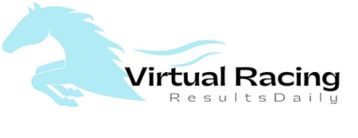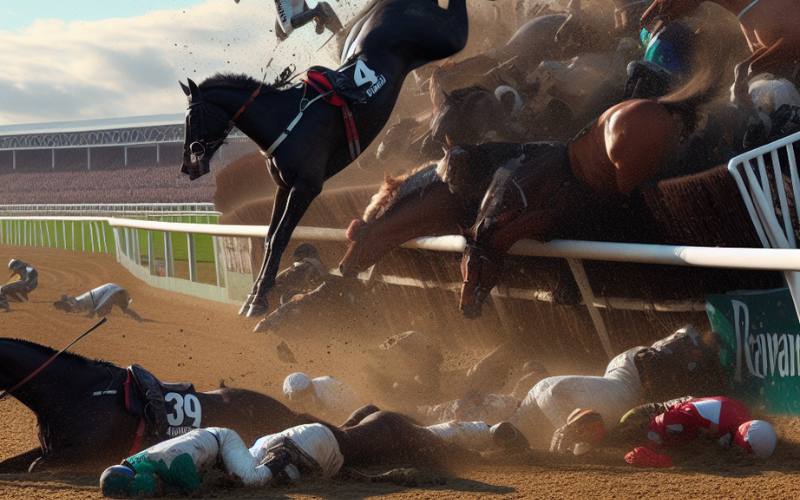Grand National fallers are an inevitable aspect of one of the world’s most renowned horse racing events. When these falls occur, questions often arise about the welfare and future of the horses involved, into what happens to the horses after a fall in the Grand National, shedding light on the protocols, care, and safety measures for these equine athletes.
Understanding Grand National Fallers
What Are Grand National Fallers?
Fallers refer to horses that have fallen or unseated their riders during the Grand National, an iconic steeplechase event held annually at Aintree Racecourse in Liverpool, England. These falls can happen for various reasons, including challenging jumps or crowded racing conditions.
Post-Fall Procedures And Safety Measures
Immediate Assistance
When a fall occurs, the safety of the jockey and the horse is of paramount importance. Medical professionals rush to attend to injured jockeys, while veterinary teams swiftly assess and provide immediate care to the fallen horse.
Post-Fall Veterinary Examination
Following a fall, each horse undergoes a thorough veterinary examination to assess its condition and any potential injuries. The welfare of the horse remains the top priority throughout this process.
Care and Rehabilitation
Recovery Period
In cases where the horse sustains minor injuries, it is given adequate time for rest and recovery. The veterinary team monitors the horse’s progress and ensures it receives appropriate care to aid in its recovery.
Serious Injuries and Decisions
For horses with severe injuries, the situation may lead to challenging decisions regarding their future in racing. In some cases, horses may require extensive rehabilitation or retirement from racing to ensure their well-being.
Long-Term Welfare And Retraining
Retirement AGrand National Fallersnd Second Careers
Many horses that have experienced falls in the Grand National go on to have successful second careers outside of racing. They may be retrained for other disciplines, such as show jumping, dressage, or simply enjoying retirement in the pasture.
Continual Safety Improvements
Ongoing Safety Measures
Race organizers and regulatory bodies continuously implement safety measures and improvements to enhance horse and rider safety during the Grand National and other racing events, aiming to minimize risks and ensure the welfare of all participants.
Conclusion
The welfare of horses involved in falls during the Grand National is a priority. Through stringent protocols, immediate care, and post-fall procedures, efforts are made to safeguard the health and well-being of these equine athletes. Whether returning to racing or finding new roles after their careers, these horses are given the utmost care and consideration.

